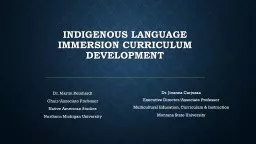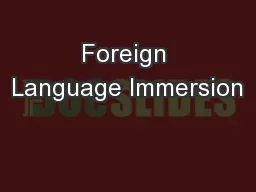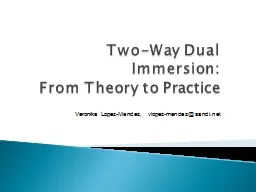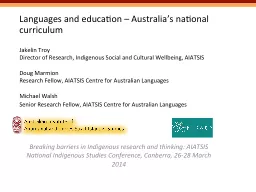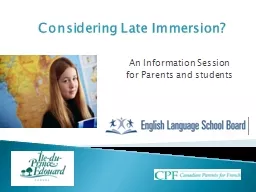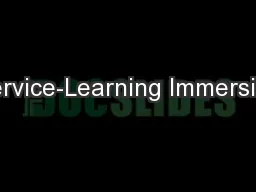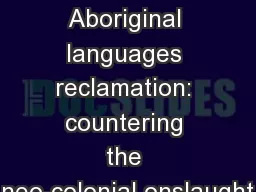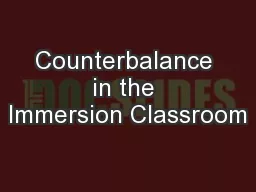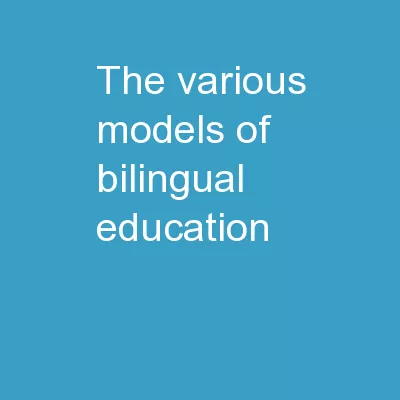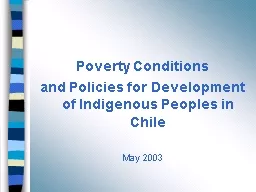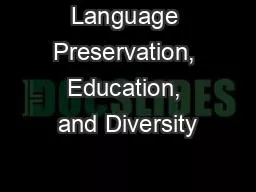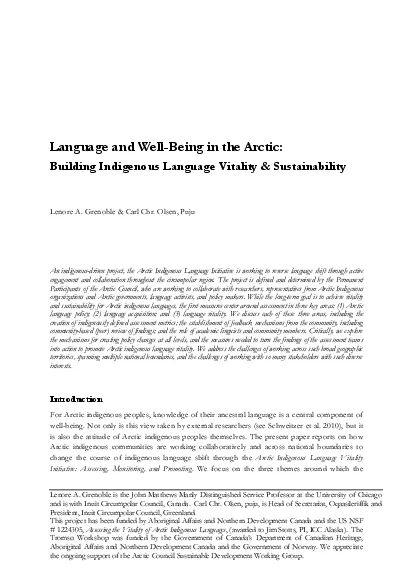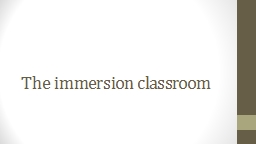PPT-Indigenous Language Immersion Curriculum Development
Author : pasty-toler | Published Date : 2017-08-11
Dr Martin Reinhardt ChairAssociate Professor Native American Studies Northern Michigan University Dr Jioanna Carjuzaa Executive Director of the Center for Bilingual
Presentation Embed Code
Download Presentation
Download Presentation The PPT/PDF document "Indigenous Language Immersion Curriculum..." is the property of its rightful owner. Permission is granted to download and print the materials on this website for personal, non-commercial use only, and to display it on your personal computer provided you do not modify the materials and that you retain all copyright notices contained in the materials. By downloading content from our website, you accept the terms of this agreement.
Indigenous Language Immersion Curriculum Development: Transcript
Download Rules Of Document
"Indigenous Language Immersion Curriculum Development"The content belongs to its owner. You may download and print it for personal use, without modification, and keep all copyright notices. By downloading, you agree to these terms.
Related Documents

